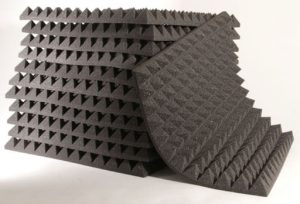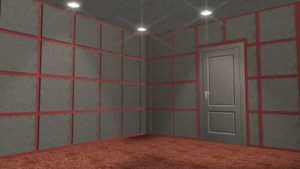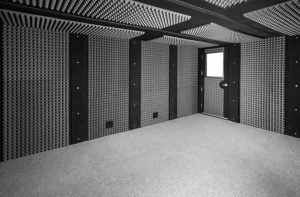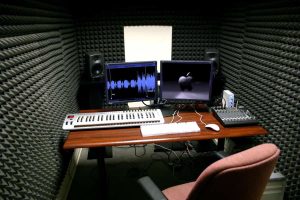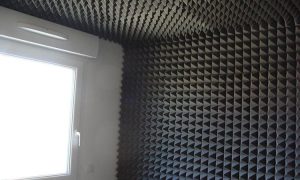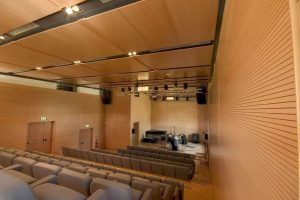Class noise, recess noise, or lecture processing are all sources of noise at school. These voices are part of the school so noise can not be blocked. However, weak acoustics increase the probability of being disturbed by sound problems by 32 percent. Therefore, it is possible to eliminate the noise problem at a high rate with acoustic regulation.
Research has revealed that approximately 30 percent of conversations within the school building are difficult to understand due to excessive noise and sound reverberation. Also, these sounds create big problems in terms of learning and focusing. The solution to eliminate these problems is acoustic regulations.
Noise of classes was determined as an average of 65 decibels (dB). Staying in this noise for a long time can force people psychologically and physically. For this reason, after the performance standards, acoustic principles, good design practices, and calculation procedures, the acoustic regulations will be relaxing for the students and personnel in the school environment.
As a result of successful acoustic regulations, disturbing noises can be reduced and the sound flow in the environment can be regulated. In this way, students and teachers stress level decreases, an increase in academic achievement level is provided and the success rates can be increased in educational institutions.
